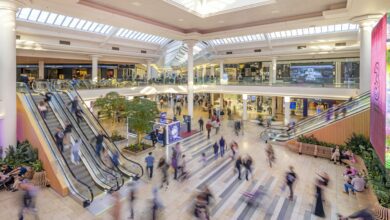Mandatory face coverings return in shops amid new variant fears
During the Coronavirus Downing Street briefing, prime minister Boris Johnson said that the new measures are currently "temporary and precautionary" in order to help fight the new strain of coronavirus

The government announced over the weekend the return of mandatory face coverings in all shops and on public transport after two cases of the new Omicron variant were found in England.







